The automotive world stands at the precipice of an era's end as Nissan prepares to bid farewell to its legendary GT-R R35 with a final, limited-edition swan song. This isn't just another special trim level - it's the last dance for a car that redefined supercar performance benchmarks and earned its "Godzilla" moniker through sheer, unrelenting dominance.
When the R35 generation first roared onto the scene in 2007, it sent shockwaves through the industry. Here was a car that could humble European exotics costing three times as much, all while offering Japanese reliability and everyday usability. The final edition represents both a celebration of that legacy and a poignant reminder that even the mightiest warriors must eventually retire.
Under the hood, the Final Edition retains the familiar 3.8-liter twin-turbocharged VR38DETT V6, but Nissan's engineers have massaged it to produce 600 horsepower - 20 more than the standard Nismo model. More significant than the power bump is what this engine represents: the culmination of nearly two decades of continuous evolution. From its debut at 480 hp to this final iteration, the VR38 has proven one of the most tunable and resilient powerplants in modern performance car history.
The transmission remains Nissan's beloved six-speed dual-clutch unit, now with revised programming for sharper shifts. Purists often bemoan the lack of a manual option, but in truth, this transmission has become part of the GT-R's character - brutally fast when needed, surprisingly smooth in everyday driving. It's a fitting metaphor for the car itself: high-tech but never sterile, complex yet accessible.
Visually, the Final Edition distinguishes itself with exclusive Midnight Purple and Millennium Jade paint options - colors deeply rooted in GT-R heritage. The aggressive aero kit isn't just for show; every vent, duct, and spoiler has been optimized through countless hours of wind tunnel testing and real-world racing experience. New 20-inch forged aluminum wheels shod with specially developed Dunlop tires hint at the car's track-ready nature while maintaining enough compliance for road use.
Inside, the cabin blends the R35's familiar layout with special touches marking its limited status. The seats feature unique upholstery with contrasting stitching, while a numbered plaque on the center console serves as a constant reminder of the car's exclusivity. It's not the most luxurious interior among modern supercars, but it's honest - every control falls perfectly to hand, every display provides exactly the information you need without distraction.
What truly sets the Final Edition apart isn't found on any spec sheet. It's the intangible quality of a car developed by engineers who knew this would be their last chance to perfect the R35 formula. The suspension tuning reflects lessons learned from a decade and a half of competition. The stability control programming balances intervention and freedom with near-telepathic precision. Even the exhaust note has been massaged to provide a more emotional soundtrack without resorting to artificial enhancement.
Driving the Final Edition reveals why the GT-R became a legend. The acceleration remains savage - 0-60 mph in under 2.7 seconds - but it's the way this speed is delivered that astonishes. Unlike many modern supercars that feel like they're doing the work for you, the GT-R makes you a willing participant in the process. The steering communicates every nuance of the road surface. The brakes inspire confidence with their immense stopping power and perfect modulation. The all-wheel-drive system finds grip where physics suggest there should be none.
Nissan hasn't announced production numbers, but insiders suggest fewer than 1,500 Final Editions will be built worldwide. This scarcity ensures the car will become an instant collector's item, though it seems almost criminal to relegate such a capable machine to garage queen status. The GT-R was born to be driven hard, and this final version deserves nothing less.
As we look toward an electrified future, the Final Edition represents more than just the end of the R35. It marks the conclusion of an era where analog emotion and digital precision found perfect harmony. The next-generation GT-R will undoubtedly be faster, more technologically advanced, and more efficient. But it will have to work hard to match the sheer personality and sense of occasion that the R35 delivered in spades.
For those lucky enough to secure one, the Final Edition offers a chance to own a piece of automotive history. For the rest of us, it serves as a reminder of what made the R35 so special: its ability to democratize supercar performance without compromise, its relentless pursuit of improvement, and its sheer, unadulterated joy of driving. The Godzilla may be bowing out, but its roar will echo through the automotive landscape for generations to come.
The GT-R R35's legacy extends far beyond its performance figures. It proved that a car could be both brutally fast and remarkably livable, that cutting-edge technology didn't have to come at the expense of driver engagement. In an age where many performance cars feel sanitized and overly assisted, the GT-R remained refreshingly raw.
Perhaps most impressively, the R35 maintained its relevance through constant evolution. While competitors would undergo complete redesigns every 7-8 years, Nissan continuously improved the GT-R through meticulous engineering updates. The car you could buy in 2022 shared its basic architecture with the 2007 model, yet the differences were profound enough to make them feel generations apart.
This Final Edition represents the ultimate expression of that philosophy. Every component has been examined, every system optimized. The result isn't just the best R35 ever made - it's one of the most complete performance cars of its era, a machine that can tear up a racetrack on Sunday and commute to work on Monday without complaint.
As production winds down, the automotive world pauses to reflect on what the R35 accomplished. It forced established supercar manufacturers to rethink their pricing and performance strategies. It created a new category of affordable exotics. Most importantly, it proved that passion and engineering excellence could overcome budget limitations and preconceived notions.
The Final Edition's significance extends beyond Nissan showrooms. It marks the end of an approach to performance car development that prioritized incremental improvement over radical reinvention. In today's climate of planned obsolescence and model cycles, we may never see another car enjoy such a long, successful production run while maintaining its competitive edge.
For the enthusiasts who grew up idolizing the GT-R, this final chapter is bittersweet. The R35 was the car that made supercar performance accessible, that proved you didn't need a six-figure budget to experience world-beating speed and handling. Its departure leaves a void that won't easily be filled.
Yet even as we mourn the R35's passing, we can celebrate what it achieved. It brought Japanese performance cars to the forefront of global consciousness. It inspired countless aftermarket tuners and amateur racers. Most of all, it proved that with enough passion and engineering ingenuity, an underdog could become a legend.
The GT-R Final Edition isn't just a car - it's a monument to what happens when a manufacturer refuses to compromise, when engineers are given the freedom to pursue perfection without regard for convention. As the final examples roll off the production line, one thing becomes clear: Godzilla may be going to sleep, but it's leaving on its own terms, at the peak of its abilities, and with a legacy that will endure for decades.
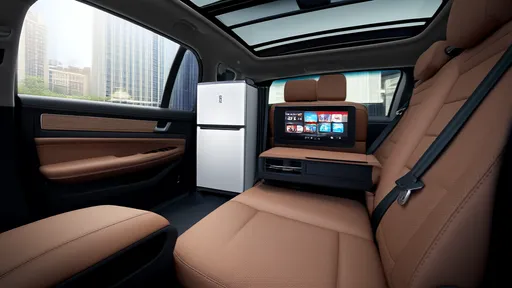
By /Jun 14, 2025

By /Jun 14, 2025
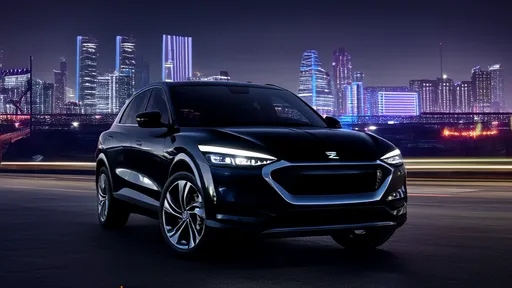
By /Jun 14, 2025
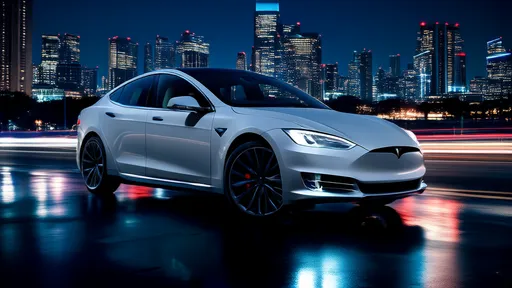
By /Jun 14, 2025
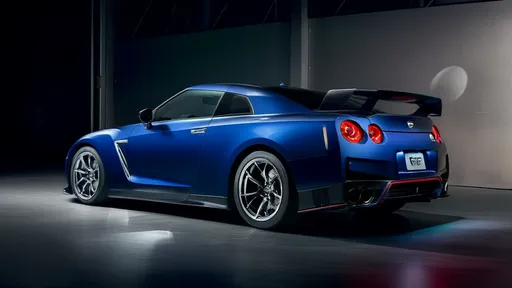
By /Jun 14, 2025

By /Jun 14, 2025
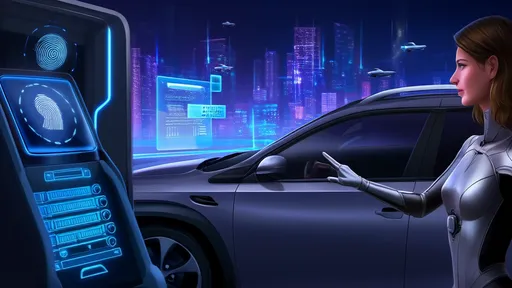
By /Jun 14, 2025

By /Jun 14, 2025
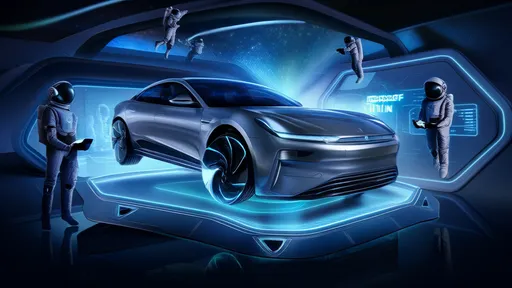
By /Jun 14, 2025
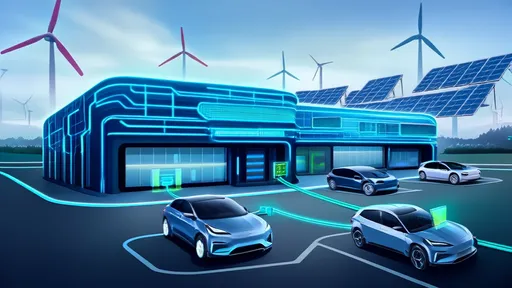
By /Jun 14, 2025

By /Jun 14, 2025

By /Jun 14, 2025
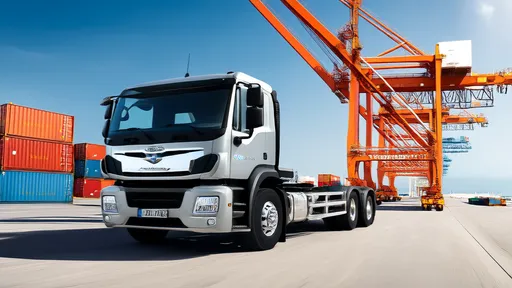
By /Jun 14, 2025

By /Jun 14, 2025

By /Jun 14, 2025
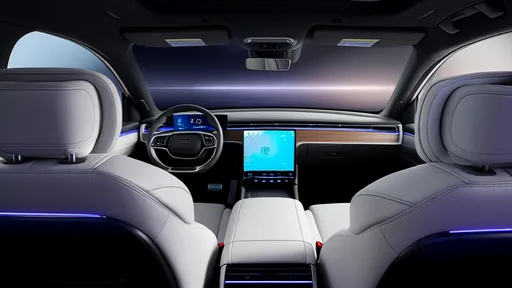
By /Jun 14, 2025

By /Jun 14, 2025

By /Jun 14, 2025